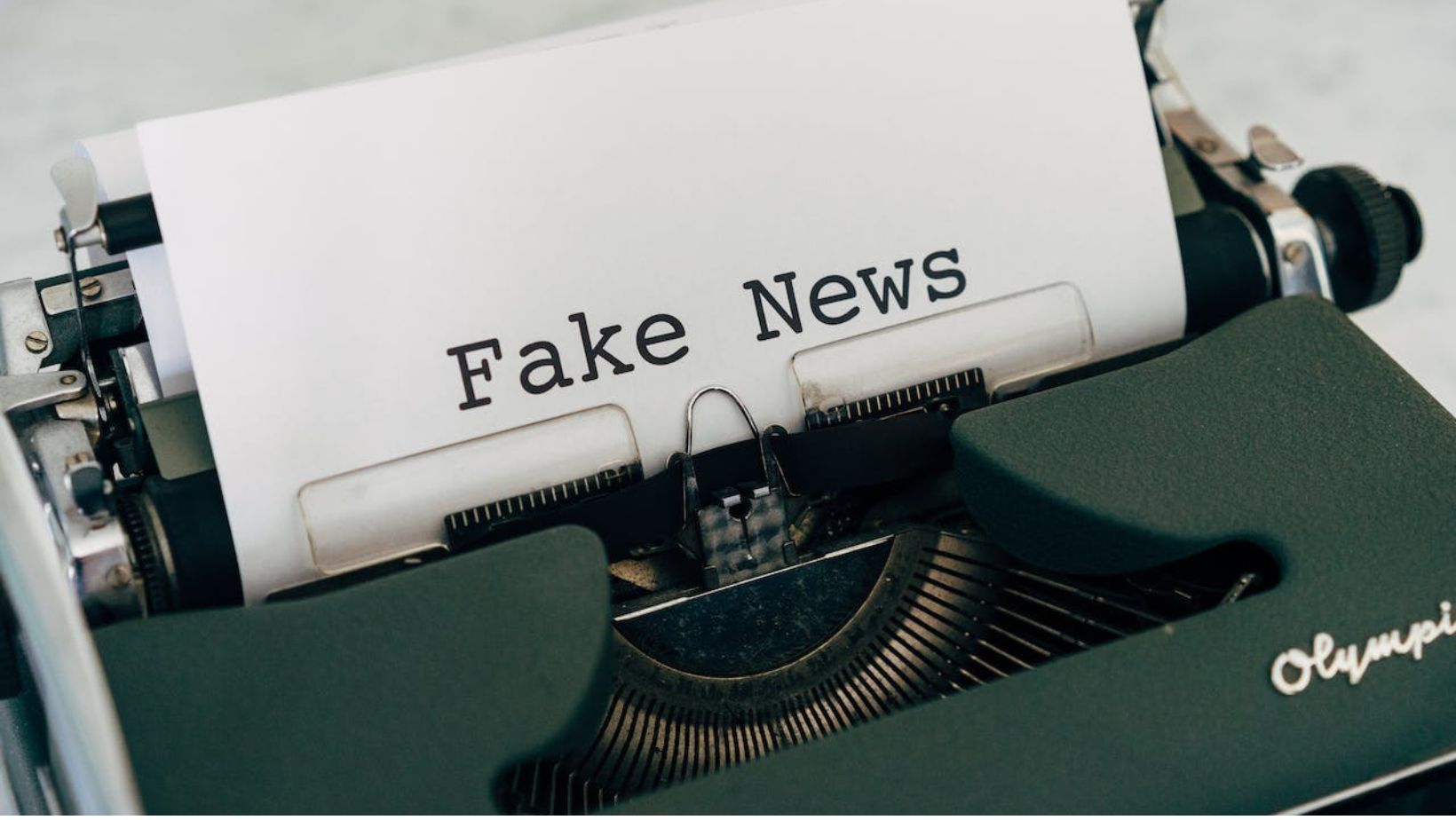
In the age of social media, memes have become one of the most popular and quickest ways to spread information online. A meme is typically a funny image or video that is copied and spread rapidly by Internet users. While memes can be entertaining and harmless, they can also be used to spread misinformation quickly before the facts have time to catch up.
Why Memes Spread so Quickly
There are several reasons why memes tend to spread misinformation faster than factual information online:

Credit – Imgur
- Simplicity – Memes typically contain a simple message or idea that is easy to grasp and share. Complex or nuanced information does not work well in meme format.
- Emotional appeal – Memes often appeal to emotions like anger, fear, or humor rather than intellect. This makes them more likely to go viral.
- Peer validation – When a meme starts gaining traction online, people are more likely to share it before verifying if it’s accurate. The more shares, the more validity it gains.
- Speed – Memes are designed for quick consumption and sharing across social platforms. They can reach millions of viewers within hours.
- Algorithms – Social media algorithms tend to favor meme content and share it more widely than text-based factual information.
- Confirmation bias – People are more likely to spread memes that confirm their existing beliefs without checking sources.
- Manipulation – Memes can be strategically fabricated and weaponized to spread biased narratives or falsehoods.
Recent Examples of Misinformation Memes

Source – Reddit
There have been many recent examples of memes being created or appropriated to spread political misinformation and conspiracy theories faster than credible sources can debunk them:
- Plandemic – A “documentary” full of coronavirus conspiracy theories and misinformation was condensed into quick-spreading memes on Facebook and YouTube before it could be taken down.
- QAnon – The fringe conspiracy theory took off on online forums like 4chan where supporters created cryptic memes to spread their beliefs more widely on social media.
- Deepfakes – Manipulated videos and images of politicians and celebrities are made into memes that spread false narratives pretending to show things people never said or did.
- Anti-vaccine memes – Memes containing misinformation and scare tactics about vaccines have contributed to more people believing conspiracy theories.
- U.S. election fraud claims – Viral memes rapidly spread former President Trump’s unsubstantiated claims of election fraud before they could be disproven.
Dangers of Misinformation Memes
When memes are used to spread false or misleading information, they can be dangerous in several ways:
- Influencing beliefs – Widespread meme misinformation can literally alter what millions of people believe to be true or false.
- Causing real-world harm – Memes spreading conspiracy theories and false cures have caused people to engage in dangerous behavior during the pandemic.
- Undermining institutions – Virality of anti-establishment memes can breed distrust in government, medicine, media, and other institutions.
- Promoting hate and conflict – Harmful viral memes have incited harassment campaigns, radicalization, and even violence.
- Affecting elections – Political misinformation memes can influence voting behavior and perceptions of candidates.
- Weakening public knowledge – Even if fact-checked, misinformation memes still leave traces of doubt and erode public knowledge.
What Can Be Done?
While memes will likely always help accelerate the spread of misinformation, several things can help mitigate the damage:
- Critical thinking – Readers should view meme claims skeptically and fact-check suspect information before sharing.
- Accountability – Social platforms need to take more responsibility for algorithmic amplification of misinformation.
- Debunking – Fact-checkers and media need to quickly debunk viral misinformation memes with factual counter-messaging.
- Slowing spread – Limiting re-sharing and improving visibility of fact-checks could slow meme misinformation.
- Media literacy – Education on media literacy and misinformation tactics will make the public savvier meme consumers.
- Legal remedies – Stricter laws and penalties around knowingly spreading harmful misinformation could act as deterrents.
While memes can make the internet fun, they also enable misinformation to spread at unprecedented speed and scale. With awareness and proper counter-measures, perhaps society can prevent memes from undermining truth and knowledge. The quicker credible facts are communicated, the less damage misleading memes can do in the race for viral information spreading online.
Don’t miss out! Explore Coverage Cosmic for all things space, from breaking news to mind-blowing trends





